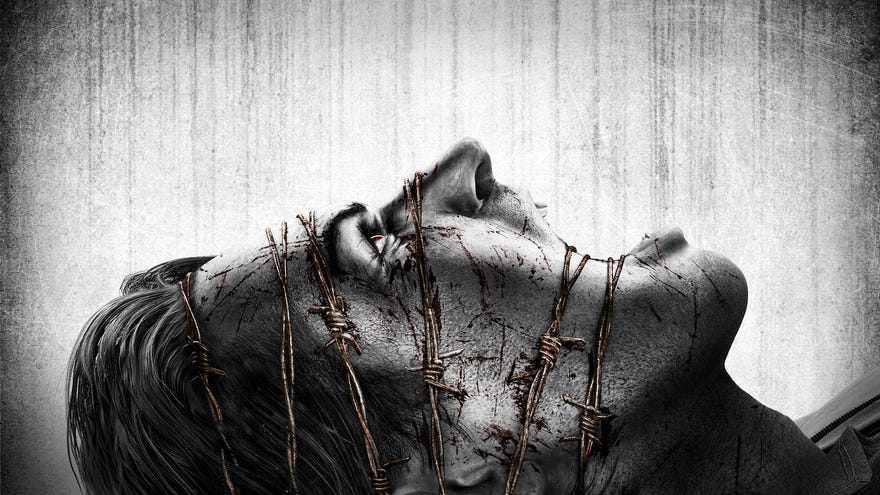HomeFeatures
Tango Gameworks deserve to be remembered for more than Shinji MikamiThe evil within and the evil without
The evil within and the evil without
Image credit:Microsoft
Image credit:Microsoft

When I asked Tango Gameworks creative director John Johanas whom he’d giveHi-Fi Rush’s Best Audio trophy away to at this year’s GDC Awards, he said he’d split it between the game’s audio team and “the person who taught me everything I know” - Shinji Mikami, Tango’s founder and one of the erstwhile Capcom and Platinum big brains behindResident Evil, Vanquish and much more besides. I confess, I found this response annoying - partly because I was hoping Johanas would bring up some obscure indie composer I could then namecheck at parties, and partly, because I have spent years waiting for Tango to escape Mikami’s shadow after essentially announcing themselves as a Mikami fan project back in 2010.
In recent years, it’s felt like they’ve been doing just that. The poppy, pulpy Hi-Fi Rush was a “dream” pitch from Johanas that stands among the best action games of this decade.Ghostwire: Tokyoisn’t quite as assured, but it’s an engrossing, enveloping marriage of first-person parkour, magical melee and Japanese folkhorror. Where Tango’sThe Evil Withingames are Resident Evil remixes from the title on downwards, these latter projects stand on their own merits. They feel like Tango’s first proper steps beyond their founder’s formidable legacy. And now,Microsoft have shut Tango down.
I write this without wishing to diminish Mikami’s gifts or suggest that he has simply been a stifling influence. While his brand has dominated Tango’s reception, the idea has always been to use his name as a foundation for the work of younger souls. Nor is it entirely fair, I guess, to suggest thatThe Evil Withinis simply Mikami fan service. Yes, the game borrowsResident Evil 4’s over-the-shoulder perspective and gunplay together with a lot of its structural and level design elements, but it also introduces a virtual reality gimmick that allows the developers to flesh out Resi’s architectural and geographical non sequiturs into a kind of schlocky concept album of sordid and historical or gleaming and futuristic locations. It’s a florid and inventive kind of trashy, with its monsters who have lockboxes for heads and its saveroom mirrors that broadcast Debussy.
The Evil Within - Save Room Theme [In-game version]Watch on YouTube
The Evil Within - Save Room Theme [In-game version]
